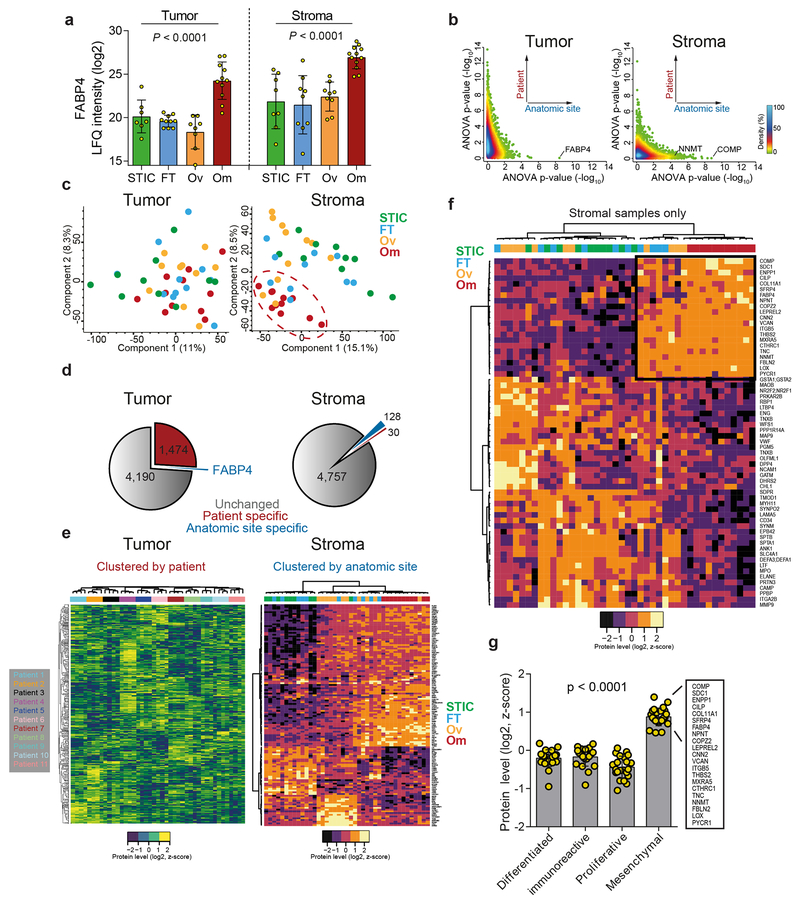Extended Data Fig. 2: HGSC progression is characterized by patient-specific signatures in the tumor compartment and anatomic site-specific signatures in the stroma.
(a) FABP4 expression in tumor (n = 36) and stromal (n = 38) compartments derived from label-free, quantitative proteomics. One-way ANOVA. (b) Plot of ANOVA p-values of tumor (left; n = 43) or stroma (right; n =42) samples calculated by patient (y-axis) or anatomic site (x-axis). In the tumor compartment, differential expression of proteins is driven by the patient grouping; in the stromal compartment, anatomic site-specific differences are more pertinent. (c) Principal component analysis resolves an omental stromal cluster (n =42). No anatomic-site specific clusters are present in tumor samples (n =43). (d) Left and right panels show proportions of all proteins that are significantly different by patient (red) or anatomic site/compartment (blue). 1,474 proteins are differentially expressed in the tumor compartment between patients while only 30 stromal proteins are significantly different between patients. In respect to the compartment (tumor/stroma, blue; gray is undetected) one protein is differentially expressed in the tumor compartment (FABP4) while 128 proteins are differentially expressed in the stroma. (e) Unsupervised hierarchical clustering of tumor (left, 1,474 significant proteins from panel d) and stroma (right, 128 significant proteins from panel d) proteins reveals patient-specific clustering in the tumor compartment (n = 43) while the stromal samples (n = 42) cluster by anatomic site. Note, all omental samples (red) across all patients cluster together. (f) Unsupervised hierarchical clustering of only stromal proteins (n =42) that are differentially expressed between primary sites (FT and Ov) and metastases (Om) reveal anatomic site-specific clusters, including a core signature of 21 proteins consistently upregulated in the stroma of omental metastases (box). (g) Expression of the 21 protein signature in the TCGA subtypes reveals enhanced expression in mesenchymal subtype (n = 21 proteins).

